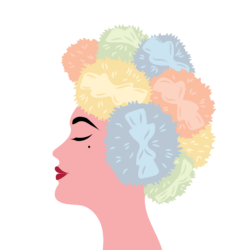Archetypes involving beauty often reflect deep, symbolic meanings related to transformation, identity, power, and inner truth. These archetypes appear in myths, stories, art, and psychology, each representing different aspects of beauty—both its power and its complexity. Here are some key beauty-related archetypes:
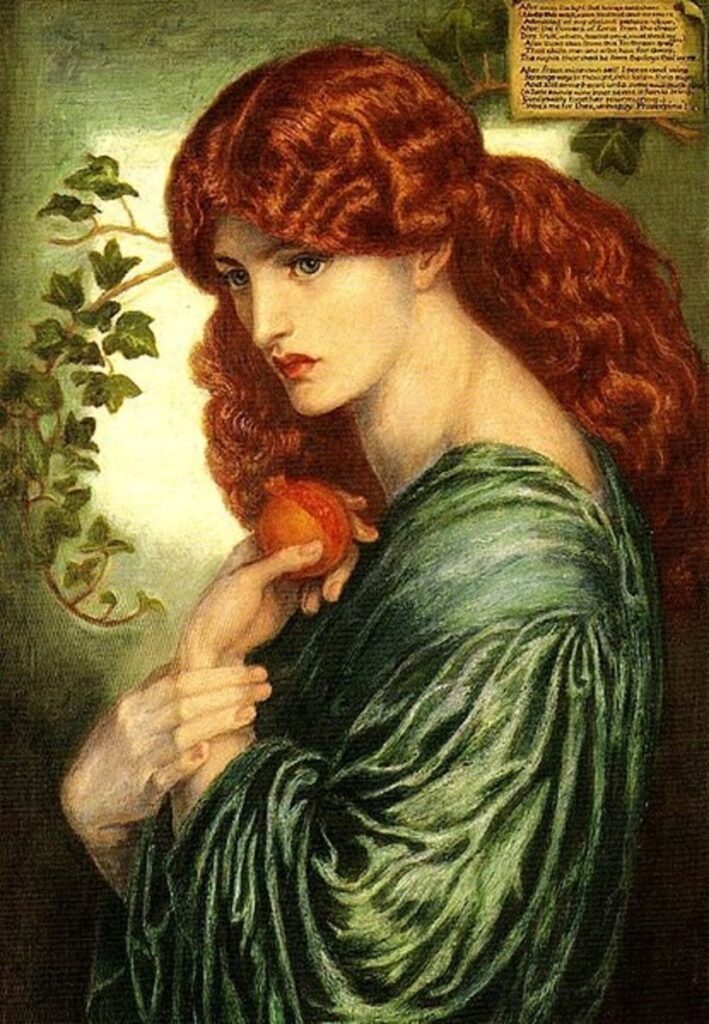
1. The Maiden
The Maiden archetype represents youth, innocence, and untapped potential. Often associated with physical beauty, she is depicted as pure, delicate, and untouched by the hardships of life. This archetype is seen in figures like Persephone or Snow White, who embody beauty tied to innocence and the onset of transformation. The Maiden also symbolizes the beginning of a personal journey, where beauty can be both a blessing and a burden.
2. The Temptress
The Temptress archetype is a symbol of seductive, often dangerous beauty. She uses her physical allure to influence or manipulate others, sometimes for personal gain, other times as an expression of raw power. Figures like Cleopatra, the Sirens in Greek mythology, and even the femme fatale in modern narratives embody this archetype. The Temptress represents the duality of beauty—its power to enchant but also its capacity to deceive or entrap.
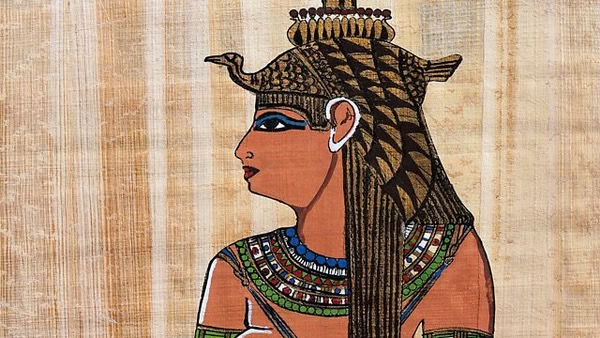
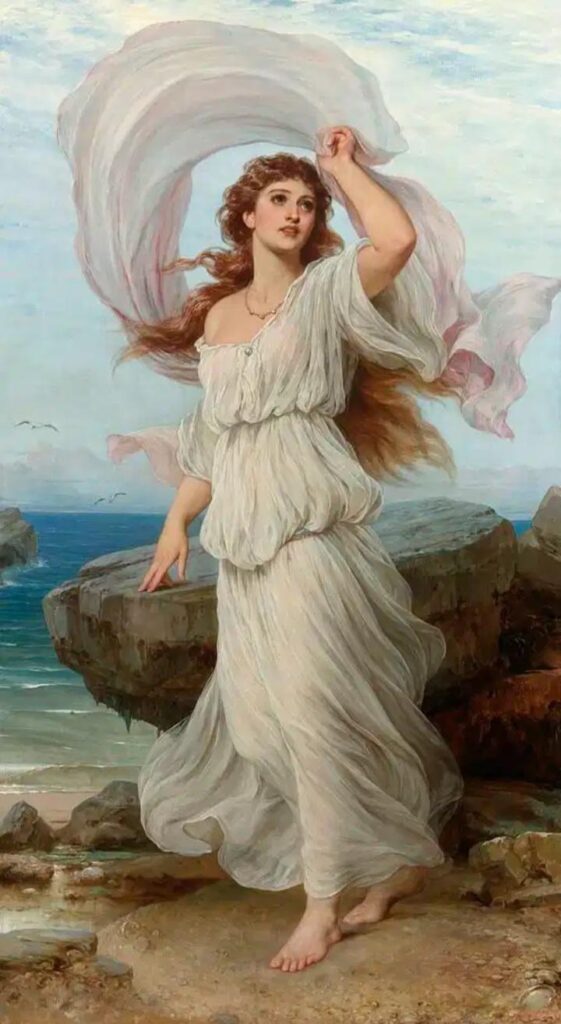
3. The Goddess
The Goddess archetype is beauty in its most divine, idealized form. She represents perfection, abundance, and grace, often embodying maternal or nurturing qualities along with her beauty. Goddesses like Aphrodite (love and beauty) or Lakshmi (wealth and prosperity) symbolize the sacred nature of beauty, both in the physical and spiritual realms. The Goddess archetype also connects beauty with creation and fertility.
4. The Queen
The Queen archetype is regal beauty, associated with power, authority, and wisdom. Unlike the Maiden, the Queen’s beauty is often matured and carries with it a sense of responsibility. She represents sovereignty and leadership, often embodying a balance between external beauty and inner strength. Queen Elizabeth I and modern depictions of regal figures reflect this archetype, where beauty and power coexist.
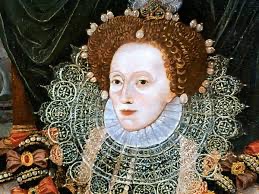

5. The Ugly Duckling
This archetype focuses on transformation. The “Ugly Duckling” story, for example, represents the journey from perceived unattractiveness to the realization of true beauty, often signifying inner growth and self-acceptance. It reflects the idea that beauty is not always apparent at first glance and can emerge through personal development. This archetype teaches that beauty is both a discovery and a process of becoming.
6. The Crone
The Crone archetype embodies beauty in a less conventional sense—representing wisdom, experience, and the acceptance of aging. While not typically associated with physical beauty, the Crone’s allure comes from her depth of knowledge and connection to life’s mysteries. Figures like the Witch, Baba Yaga, or even older versions of wise women in folklore show how beauty transcends physical appearance, emerging as a force of wisdom and guidance.

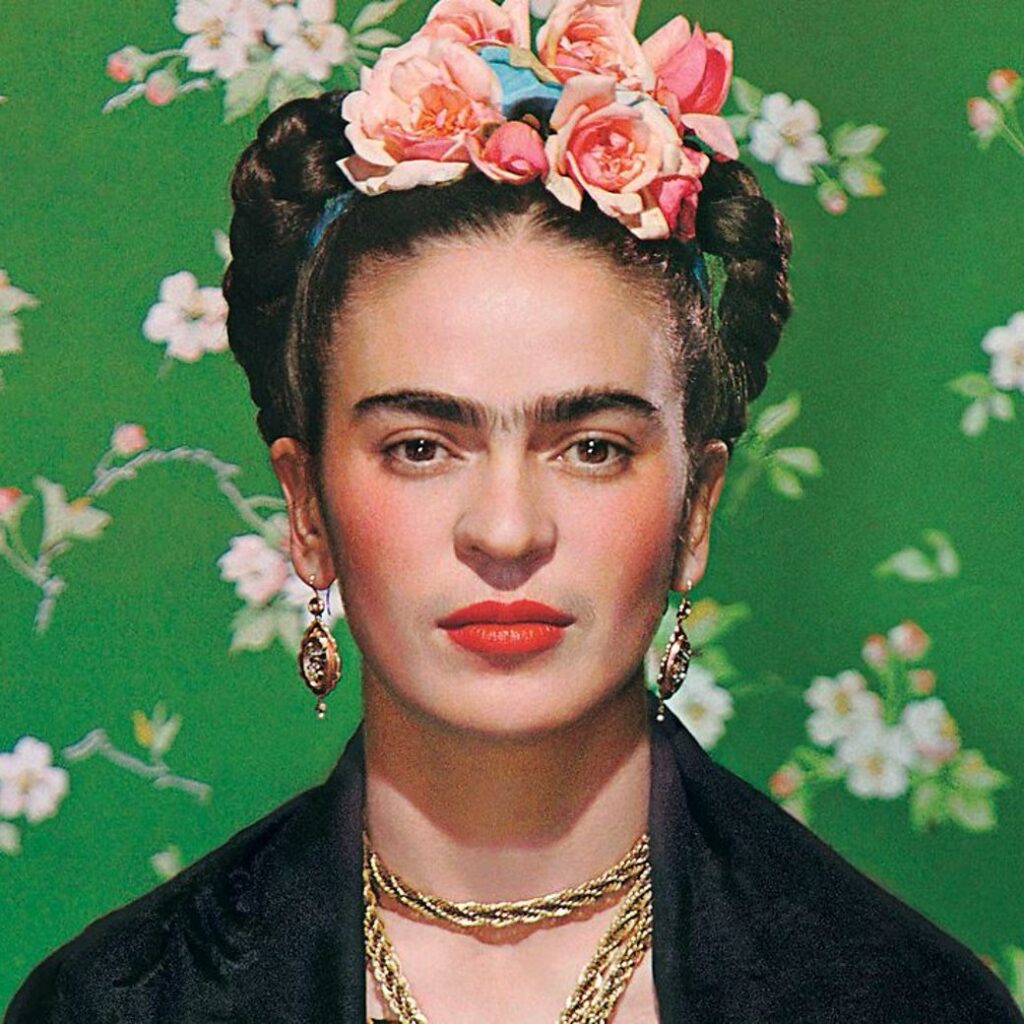
7. The Artist
The Artist archetype connects beauty with creativity and self-expression. This archetype is often embodied by individuals who create beauty—whether through painting, music, or even makeup. The Artist sees the world through a lens of beauty and has the ability to transform the ordinary into something extraordinary. Figures like Leonardo da Vinci or Frida Kahlo represent this archetype, linking the power of creation with the celebration of beauty.
8. The Hero/Heroine
While the Hero archetype is often associated with bravery and strength, beauty is also part of their journey. The Hero or Heroine can possess or encounter beauty in their quest, whether through a love interest, an ideal, or even an inner transformation. Beauty here symbolizes the reward of the journey, the divine or perfect that is sought, but also the challenges that come with it. The Hero’s relationship with beauty often evolves, leading to a deeper understanding of its true meaning. A great cultural example of the Heroine archetype is Katniss Everdeen from The Hunger Games series.
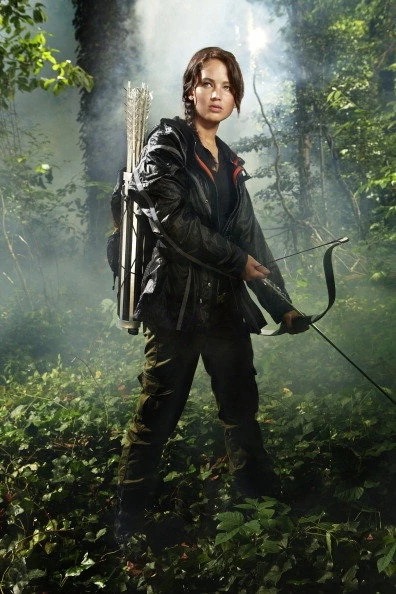
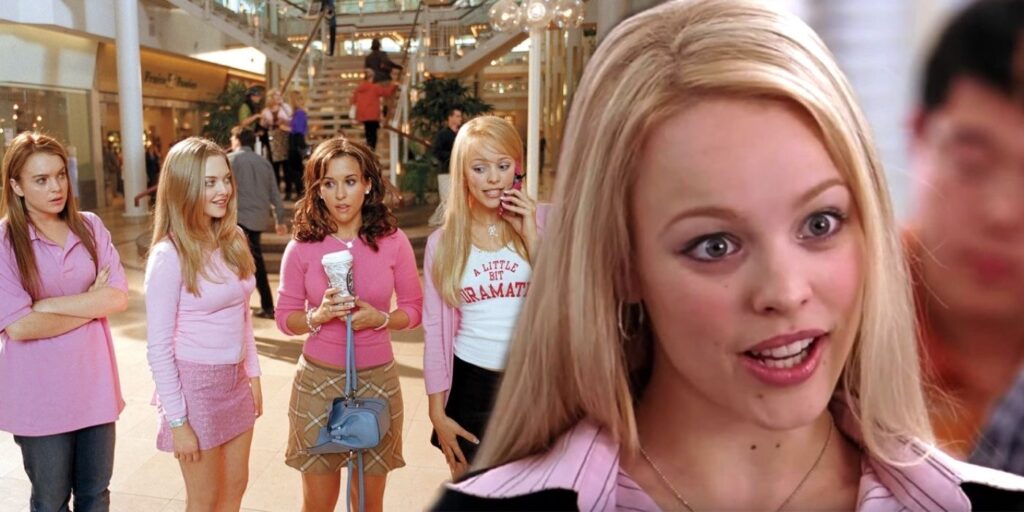
9. The Shadow of Beauty (The Narcissist)
This archetype represents the darker side of beauty, where it becomes an obsession or source of vanity. Narcissus, who fell in love with his own reflection, embodies this archetype. The Narcissist archetype shows how beauty can lead to self-absorption, detachment from others, and a failure to connect meaningfully with the world. It reflects the dangers of valuing external beauty over inner growth. A well-known cultural example of the Shadow of Beauty, or the Narcissist archetype, is Regina George from Mean Girls.
10. The Muse
The Muse archetype is beauty that inspires. Muses are often seen as embodiments of artistic or creative inspiration, their beauty acting as a catalyst for art, poetry, or music. In mythology, the Muses were goddesses who guided artists and creators. The Muse represents beauty as a force that moves others to create, making her essential to the creative process. Daisy Buchanan from The Great Gatsby is a strong example of the Shadow of the Muse
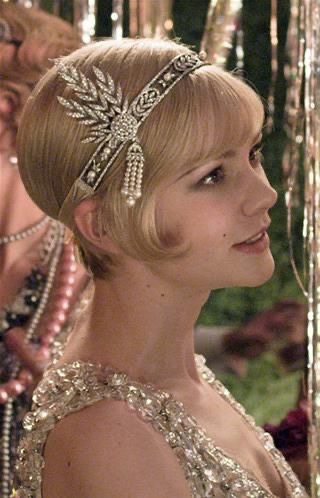
Makeup allows us to embody any of these archetypes, revealing that beauty is as much about transformation as it is about appearance. Which archetype do you express when you wear makeup?
